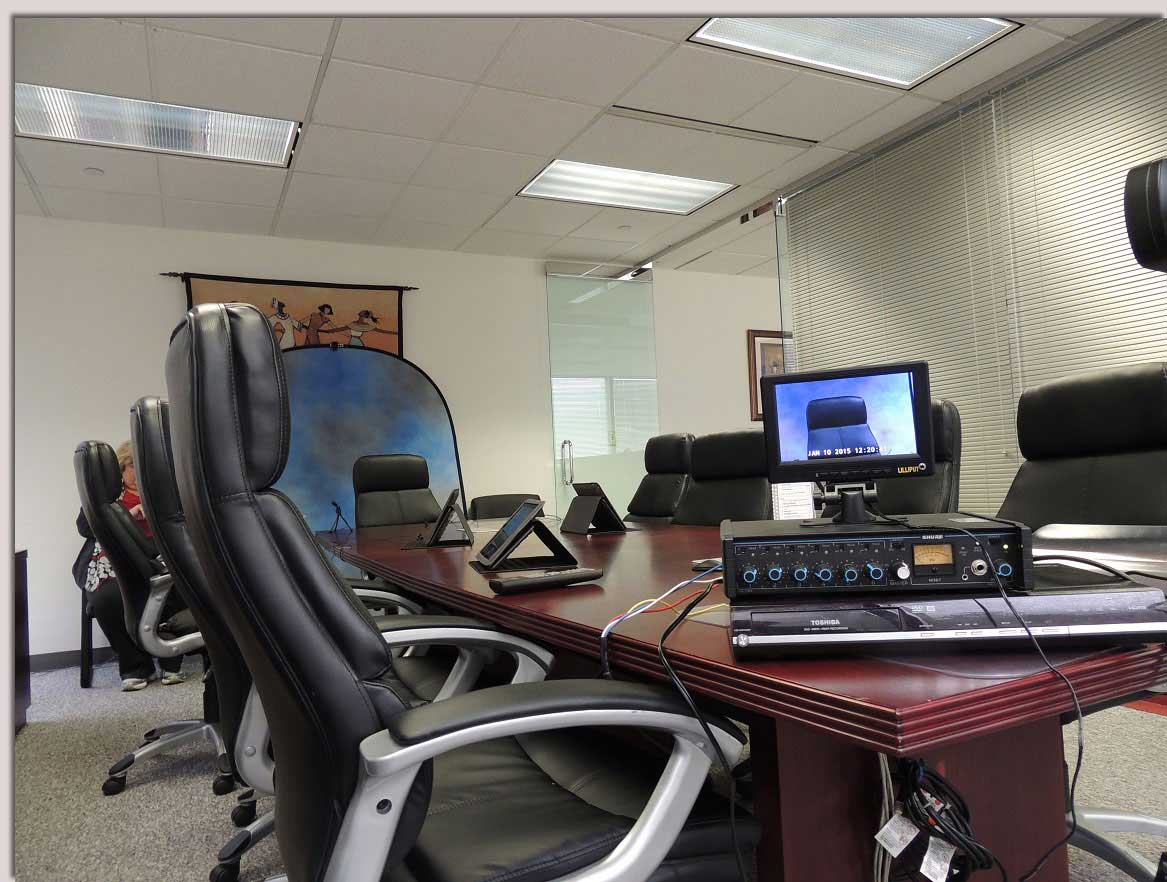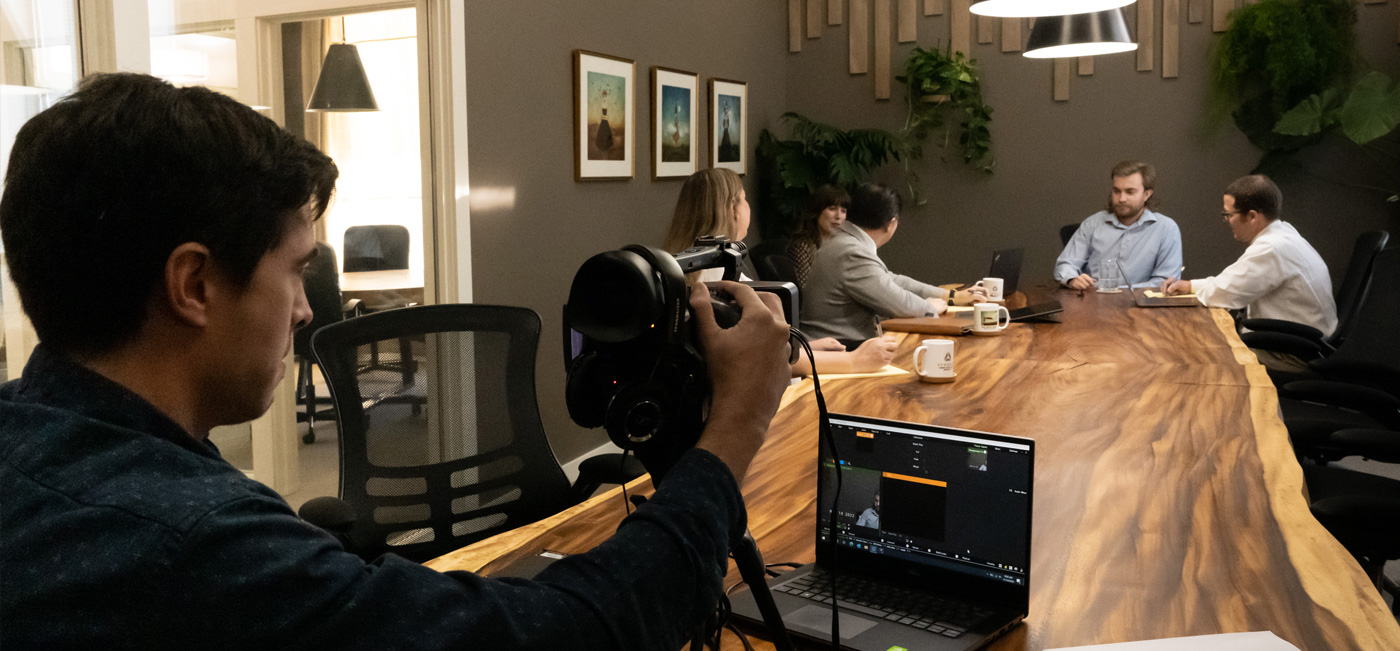The Role of Legal Videography in Modern Legal Proceedings
Wiki Article
Exploring the Mechanisms of Legal Videography: Unveiling Its Operation in Safeguarding Authentic Aesthetic Testament for Judicial Proceedings
In the world of judicial procedures, the duty of lawful videography stands as a keystone in maintaining and presenting aesthetic proof. As technology remains to development, the devices behind lawful videography have actually ended up being significantly elaborate, providing an essential layer of credibility to testimonies recorded on video clip. By diving right into the operational complexities of legal videography, one can reveal the thorough procedures that guard the integrity of aesthetic proof presented in court rooms - Legal Videography. This exploration not only clarifies the historic development of legal videography but additionally hints at the future fads that might better reinvent just how visual testaments are supported in the realm of justice.Historical Development of Lawful Videography
Taking a look at the historical development of legal videography exposes a substantial change in the capturing and discussion of aesthetic proof within the legal landscape. In the past, lawful proceedings heavily depended on created transcripts and photographs to record occasions and supply proof. With the arrival of video technology, the legal industry saw a paradigm shift in exactly how aesthetic statement was caught and offered.The advancement of lawful videography can be mapped back to the late 20th century when developments in video recording devices made it a lot more obtainable for use in courtrooms. This technological advancement not only enhanced the precision and integrity of aesthetic proof however likewise reinvented the method situations existed to discretionary (Legal Videography). Lawyers started to acknowledge the convincing power of video recordings in conveying feelings, subtleties, and non-verbal hints that composed photographs or records alone can not catch efficiently

Technology Developments in Video Documentation
What essential technological advancements have revolutionized video clip documents in the lawful field? The lawful area has seen considerable advancements in video documents modern technology that have enhanced the credibility and integrity of visual evidence in judicial process. Among the essential advancements is high-def (HD) video clip recording abilities, which offer crystal-clear images and sharp information that are critical for precisely capturing testaments, faces, and other aesthetic hints. Additionally, the assimilation of timestamping and metadata functions in video clip paperwork tools has actually enabled specific paperwork of when and where the video was videotaped, making certain the stability of the proof provided in court.Additionally, developments in video clip encryption and watermarking innovations have actually reinforced the protection and tamper-proof nature of video evidence, guarding it against unauthorized changes or meddling. The development of cloud storage space solutions and remote access abilities has structured the storage space, access, and sharing of video clip proof, promoting smooth collaboration among legal professionals and guaranteeing effective access to vital aesthetic statements when required. These technical improvements in video clip paperwork have most certainly changed the lawful area, boosting the precision, reputation, and admissibility of aesthetic proof in judicial procedures.
Function of Legal Videographers in Courtroom Setups
The advancement of video paperwork innovation in the legal area has actually necessitated an essential role for lawful videographers in court settings, ensuring the honesty and dependability of aesthetic testimonies presented throughout judicial proceedings. Lawful videographers play an essential role in my link recording and protecting accurate aesthetic evidence that can be essential in court situations. Their responsibility expands to establishing tools, taping proceedings, and creating top quality video clips that accurately mirror the events in the court room.
Furthermore, legal videographers frequently work very closely with lawful teams to make certain that the video evidence straightens with the situation's demands and can be effectively presented in court to support the legal debates being made. On the whole, the role of legal videographers in courtroom setups is crucial in promoting the concepts of justice and guaranteeing the openness of lawful process. Legal Videography.

Ensuring Admissibility and Integrity of Video Evidence
To keep the trustworthiness of aesthetic evidence offered in legal process, ensuring the admissibility and honesty of video clip proof is an important duty for lawful videographers. Admissibility describes the acceptance of proof by the court, and for video clip proof to be acceptable, it must fulfill particular criteria. Lawful videographers play a critical role in making sure that the videos they capture abide by the guidelines of proof, such as authenticity, significance, and integrity.Stability of image source video evidence includes keeping the creativity and accuracy of the video footage from the time it is tape-recorded until it exists in court. This includes firmly keeping the video clip data, recording the chain of safekeeping, and stopping any type of meddling or changes. Lawful videographers need to stick look at this web-site to strict methods to guarantee the integrity of the video proof and protect against any type of obstacles to its authenticity.
Future Trends in Legal Videography
Given the increasing dependence on innovation in legal procedures, legal videographers are poised to accept innovative advancements shaping the future of aesthetic statement capture and presentation. One of the noticeable fads on the perspective is the integration of online reality (VIRTUAL REALITY) and increased reality (AR) technologies right into lawful videography. These innovations have the prospective to reinvent exactly how aesthetic evidence is offered in courts, permitting discretionary to immerse themselves in the scene of the criminal offense or case.In addition, the use of expert system (AI) algorithms for video analysis is anticipated to streamline the process of reviewing and examining big amounts of video clip footage. AI can aid in determining key moments, abnormalities, and patterns within video clips, improving the efficiency of lawful investigations.

Final Thought
Finally, lawful videography has played an essential duty in offering genuine visual proof for judicial process. With technical developments and the expertise of legal videographers, the honesty and admissibility of video proof are ensured in court setups. As legal videography proceeds to advance, it will be important to support criteria that maintain the accuracy and dependability of aesthetic testimony for the future of legal process.Examining the historical development of lawful videography reveals a considerable makeover in the capturing and presentation of visual proof within the lawful landscape.The advancement of video documentation innovation in the lawful area has actually necessitated a critical function for lawful videographers in court room setups, guaranteeing the stability and integrity of aesthetic testimonies presented during judicial procedures. Furthermore, lawful videographers usually function very closely with lawful groups to ensure that the video evidence aligns with the case's requirements and can be efficiently presented in court to sustain the lawful debates being made.To keep the reliability of visual evidence presented in lawful process, making certain the admissibility and honesty of video clip proof is an essential duty for lawful videographers. As legal videography continues to advance, it will certainly be necessary to maintain requirements that preserve the accuracy and integrity of aesthetic statement for the future of legal proceedings.
Report this wiki page